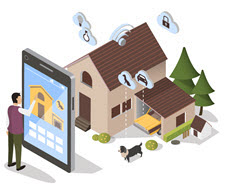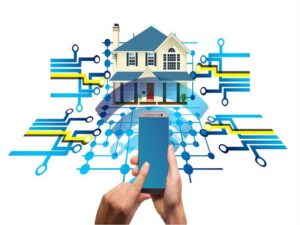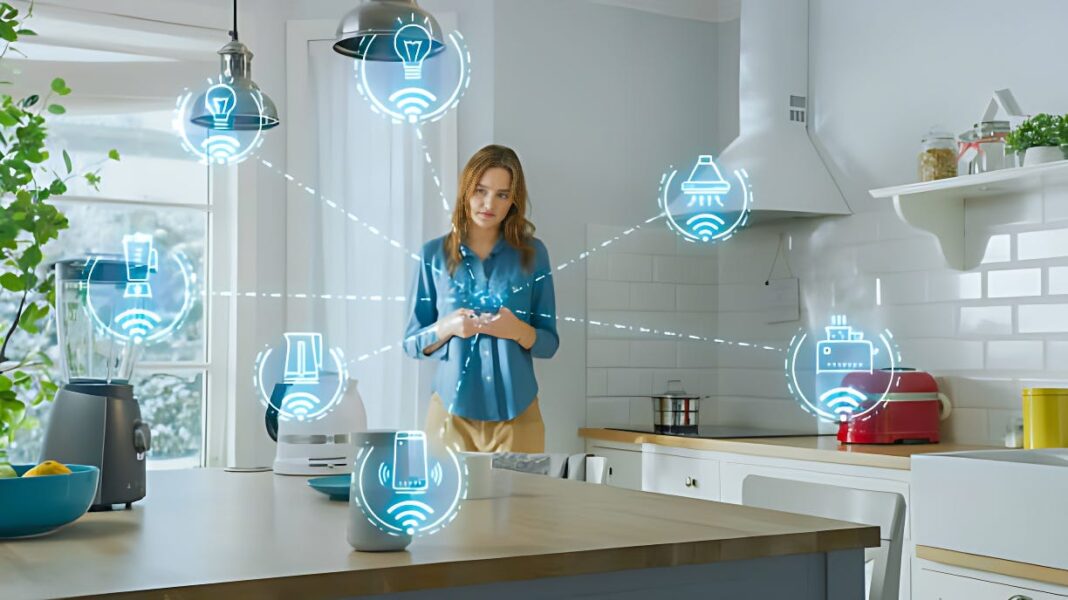How Smart Home Save Energy: A Complete Guide
Smart home technology is becoming increasingly popular, and for good reason. Smart home devices can make our lives more convenient, secure, and energy-efficient. But just how much energy can smart homes save us?

According to a study by Nest, smart thermostats can save households an average of 10-12% on their heating and cooling costs. Smart light bulbs can save us up to 90% on our lighting costs. And smart power strips can help us reduce our energy consumption by up to 10%.
In this blog post, we’ll take a look at how smart home devices can save us energy, and how we can use them to create a more energy-efficient home.
Smart thermostats
Smart thermostats are one of the most popular smart home devices on the market, and for good reason. Smart thermostats can learn our heating and cooling preferences and automatically adjust the temperature in our home to save energy.
For example, a smart thermostat can learn that we typically wake up at 7am and go to bed at 11pm. It can then adjust the temperature in our home so that it’s comfortable when we’re awake and cooler when we’re asleep. This can save us a significant amount of energy, as we’re not heating or cooling our home when we’re not using it.
Smart light bulbs
Smart light bulbs are another great way to save energy. Smart light bulbs use LED technology, which is much more energy-efficient than traditional incandescent bulbs. In addition, smart light bulbs can be programmed to turn on and off automatically, or to dim when we’re not using them.
For example, we can program a smart light bulb in our bedroom to turn off automatically when we fall asleep. We can also program smart light bulbs in our living room to dim when we’re watching TV. This can help us save a significant amount of energy on our lighting costs.
Smart power strips
Smart power strips can also help us save energy. Smart power strips can detect when devices are plugged in but not in use, and automatically turn them off. This can help us reduce our energy consumption by up to 10%.

For example, we can plug our TV, DVD player, and other electronics into a smart power strip. When we turn off our TV, the smart power strip will automatically turn off the DVD player and other electronics. This can save us energy, as we’re not powering devices that we’re not using.
Other smart home devices
In addition to smart thermostats, light bulbs, and power strips, there are a number of other smart home devices that can help us save energy. For example, smart water valves can detect water leaks and automatically turn off the water supply. Smart irrigation systems can water our lawns and gardens only when needed. And smart blinds can automatically adjust to block out sunlight and heat on hot days.
How to create a more energy-efficient smart home
There are a number of things we can do to create a more energy-efficient smart home.

- Start with an energy audit. An energy audit will help us identify areas where we can save energy in our home.
- Choose the right smart home devices. When choosing smart home devices, look for devices that have the Energy Star label. Energy Star certified devices meet strict energy efficiency standards.
- Use smart home devices to automate our energy savings. We can program our smart home devices to automatically turn on and off when we need them, or to dim when we’re not using them.
- Monitor our energy consumption. We can use our smart home devices to monitor our energy consumption. This will help us identify areas where we can save even more energy.
By following these tips, we can create a more energy-efficient smart home that can save us money on our energy bills.
Conclusion Smart home technology can help us save a significant amount of energy on our heating, cooling, lighting, and other energy costs. By using smart home devices to automate our energy savings, we can create a more energy-efficient home that’s good for our wallet and the environment.


